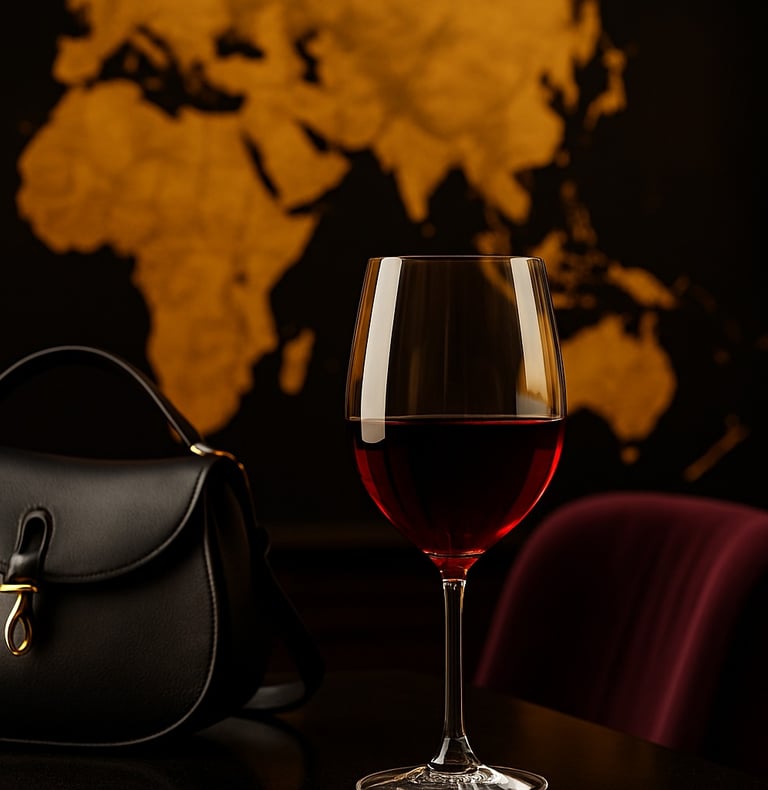
Luxury, Wine and Power
The New Trilogy of Global Positioning
7/31/2025


Introduction: Luxury Is More Than Pleasure. It Is Influence
For decades, luxury was interpreted as an external sign of economic status. But today, in a world where brands compete for attention, legitimacy and cultural relevance, true luxury has become a tool of soft power.
In wine—as in fashion, architecture, gastronomy or cultural diplomacy—luxury is not just a market category: it is a language that positions regions, activates memories and redefines prestige.
Understanding this connection between luxury, wine and power is not a stylistic indulgence. It is a strategic necessity for those seeking to build a brand with global vision.
Wine as an Agent of Symbolic Power
Pierre Bourdieu defined luxury as a system of distinction. But in the 21st century, luxury also functions as a system of meaning. A fine wine is not just a product: it is an emblem of identity, of territory, and of narrative power.
When a president gifts a wine during an official visit, when a bottle appears at a diplomatic gala or on the wine list of a three-star Michelin restaurant, it is not a product that is being sold: it is a narrative being affirmed—one of civilisation, culture, refinement and legitimacy.
This is soft power. The same that great fashion houses or global museums wield. Wine is part of that symbolic framework.
Luxury as an Architecture of Territorial Prestige
Regions like Bordeaux, Champagne, Tuscany, Napa or Jerez have succeeded in turning their names into synonyms of excellence. Not thanks to a marketing campaign, but through a long-term strategy of symbolic positioning.
Champagne is not just sparkling wine. It is coded celebration.
Napa Valley does not sell terroir, it sells the American promise of success.
Tuscany does not offer a product: it delivers a mental postcard of beauty, tradition, nobility and art.
Luxury transforms territories into concepts. And those concepts, when well-managed, attract investment, tourism, geopolitical interest and aspirational desire.
Latin America still has a long journey ahead. Mendoza, for example, has symbolic and aesthetic capital—landscape, architecture, storytelling, experiences—but it still lacks an articulated narrative of power with global vision and unified leadership.
Wine Brands as Cultural Agents
Well-built luxury brands are more than businesses. They are cultural broadcasters.
An iconic wine is not just a technical expression of quality: It is a sensorial manifesto about what a region, a family, a generation or a culture has to say to the world.
Catena Zapata (Argentina) has placed academic, scientific and territorial discourse at the heart of its brand.
Château Margaux has turned its architecture and history into a cornerstone of its global cultural prestige.
Sassicaia redefined Italian classicism through innovation and today stands as a symbol of modern tradition.
The power of these brands lies not only in what they produce, but in what they represent.
The New Power Is Not Volume. It Is Narrative
For years, growth was understood as selling more. Today, in the luxury segment, to grow means to influence more.
A brand that builds power does so not necessarily through scale, but through:
Its aesthetic influence.
Its capacity to be cited as a reference.
Its presence in symbolic spaces: selective lists, decision-making tables, creative circles, cultural embassies.
Luxury does not expand—it radiates. And the wine that understands this becomes an active agent of global positioning.
Conclusion: Where There Is Identity-Driven Luxury, There Is Enduring Power
In an interconnected world, luxury in wine is neither frivolous nor superficial: it is strategic. It allows a remote region to become desirable, a local story to become universal, and a brand to be recognised for what it embodies—not just for what it sells.
🍷 Wineries that grasp this new trilogy—luxury, wine and power—will not only attract clients. They will build global presence, cultural influence and political value.

